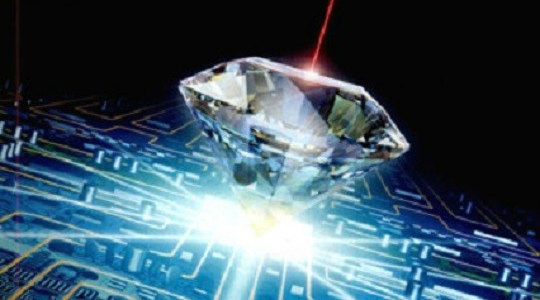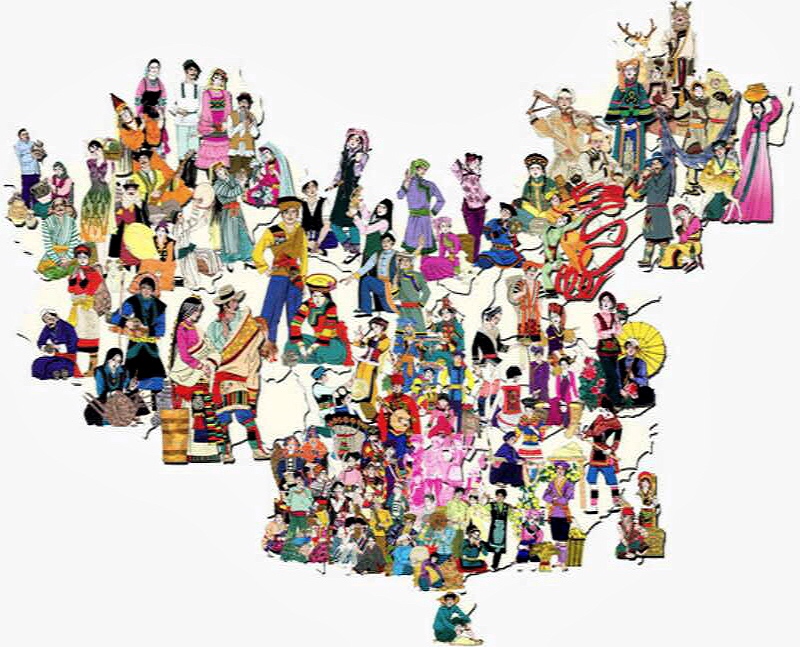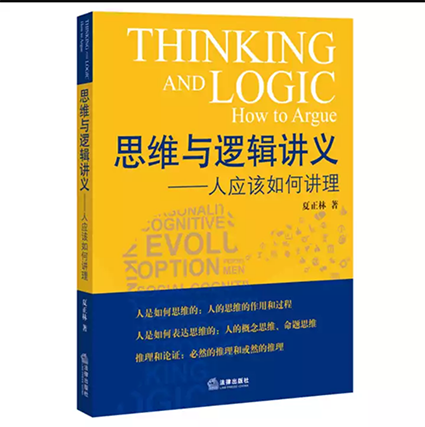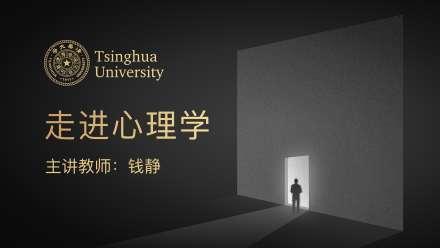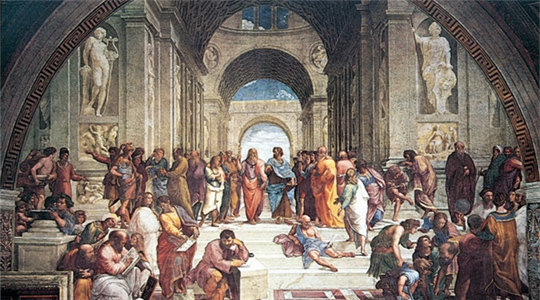
当前课程知识点:走进心理学 > 二、Brain > 2.2 Brain Structure > Video
这个就是我们实际大脑的一对一模型
我们的大脑就像一个葡萄柚
重量大约是三磅
它占体重的1/45
表面覆盖着大约0.2平方米的大脑皮质
让我们从大脑最原始的部分-脑干开始说起
它是脊髓与脑部相连的部位
脑干的基础部分是延髓
这是控制心跳和呼吸的部分
与延髓相连的是脑桥
它与睡眠周期规律相关
脑桥也与小脑相联系
小脑被视为小型大脑
它与意志 运动和平衡相关
在脑干的顶端是边缘系统
它包括下丘脑 海马体和杏仁体
海马体的形状像一个海马
属于记忆系统
它的其中一个功能是帮助我们记住物体的位置
比如说你的车停在车库的哪个位置
海马体实际上与我们的经历一起成长
根据对伦敦出租车司机的调查
发现他们有着更大的海马体
相比不开出租的人来说
除了对特殊记忆的作用
海马体在记忆存储中扮演着关键角色
H.M.在1953年发生的悲惨遭遇可以为证
当H.M.20多岁时
他进行了一次实验性的脑部大手术
为了治疗频繁发作并且危及生命的癫痫
手术成功减少了他的发病频率
但不幸的是 手术有着不可预见的 灾难性的副作用
手术后 新的经历
在H.M.的记忆中稍纵即逝
但是关于手术前生活细节的记忆仍然完好无损
自1953年起 在他剩下的生命中 H.M.始终尝试去记忆
但一切都是徒劳 他甚至无法认出他的日常护工
事实上 他始终相信自己活在1953年
这种现象持续到他2008年去世前
神经学家知道H.M.遭受的是顺行性遗忘症
他不能形成新的记忆但仍然可以形成程序性记忆
比如说 他术后学习了新的运动技能
他学习滑雪 可以滑得很好
但是如果你问他 你会滑雪吗 他的答案是 不会
因为他不能记住他学了滑雪这个事实
另一个边缘结构 杏仁体 以它的形状被命名
希腊语中的意思是“杏仁”
小小的杏仁体与强烈的情绪 害怕有关
一个经典实验研究发现杏仁体的作用
两位科学家进行了一个切除大脑两边杏仁体之间联系的手术
这是给四只脾气暴躁的恒河猴做的手术
术后 猴子们变得非常温顺而且很容易操控
即使是科学家们也非常惊讶
这说明杏仁体在恐惧与攻击中起到的作用
下丘脑位于丘脑下部
指导一些调节活动
比如说吃 喝 体温以及被情绪操控
它也帮助内分泌系统受制于脑垂体
举个例子 如果你突然觉得非常温暖
那么你的下丘脑就会感知到那些信号
然后向你身体的其余部分发送
打开毛孔的指令来散热
与此相反 如果你觉得很冷
那么下丘脑就会发出关闭毛孔的指令
于是你全身开始起鸡皮疙瘩
-1.1 What is behavior
--Video
-1.2 Topics in Psychology
--Video
-1.3 The story of the frontal lobe
--Video
-1.4 The history of psychology
--Video
-1.5 Schools of thoughts in Psychology
--Video
-Lesson 1作业
-2.1 The Origin of Brain Research
--Video
-2.2 Brain Structure
--Video
-2.3 Brain Facts,Brain Stem,Cerebellum and,The Limbic System
--Video
-2.4 Cerebral Cortex
--Video
-2.5 The Neuron and The Nervous System
--Video
-Lesson 2作业
-3.1 Color Vision
--Video
-3.2 Visual Illusions
--Video
-3.3 The Da Vinci Code
--Video
-3.4 Top-down Processing
--Video
-3.5 Perceptual Organization
--Video
-3.6 Innate and acquired ability in perception
--Video
-3.7 Adaptive nature of perception
--Video
-3.8 Auditory Perception
--Video
-3.9 Perceptions of Smell, Taste and other senses
--Video
-3.10 Summary of Sensation and Perception
--Video
-Lesson 3作业
-4.1 What is memory
--Video
-4.2 Attention and sensory memory
--Video
-4.3 Working memory
--Video
-4.4 Memory encoding and storage
--Video
-4.5 Long-term memory and contextual effects
--Video
-4.6 Why do people forget
--Video
-4.7 False memory
--Video
-4.8 Characteristics of memory
--Video
-4.9 Summary: A map of memory
--Video
-Lesson 4作业
-5.1 Overview of development over the life span
--Video
-5.2 Prenatal development
--Video
-5.3 Neonatal development
--Video
-5.4 Infancy:sensory and motor development
--Video
-5.5 Theory of attachment
--Video
-5.6 Language acquisition
--Video
-5.7 Emergence of knowledge
--Video
-5.8 Theory of mind
--Video
-5.9 Parenting styles
--Video
-5.10 Adolescence
--Video
-5.11 Adulthood
--Video
-5.12 Old age
--Video
-5.13 Issue in development psychology
--Video
-Lesson 5作业
